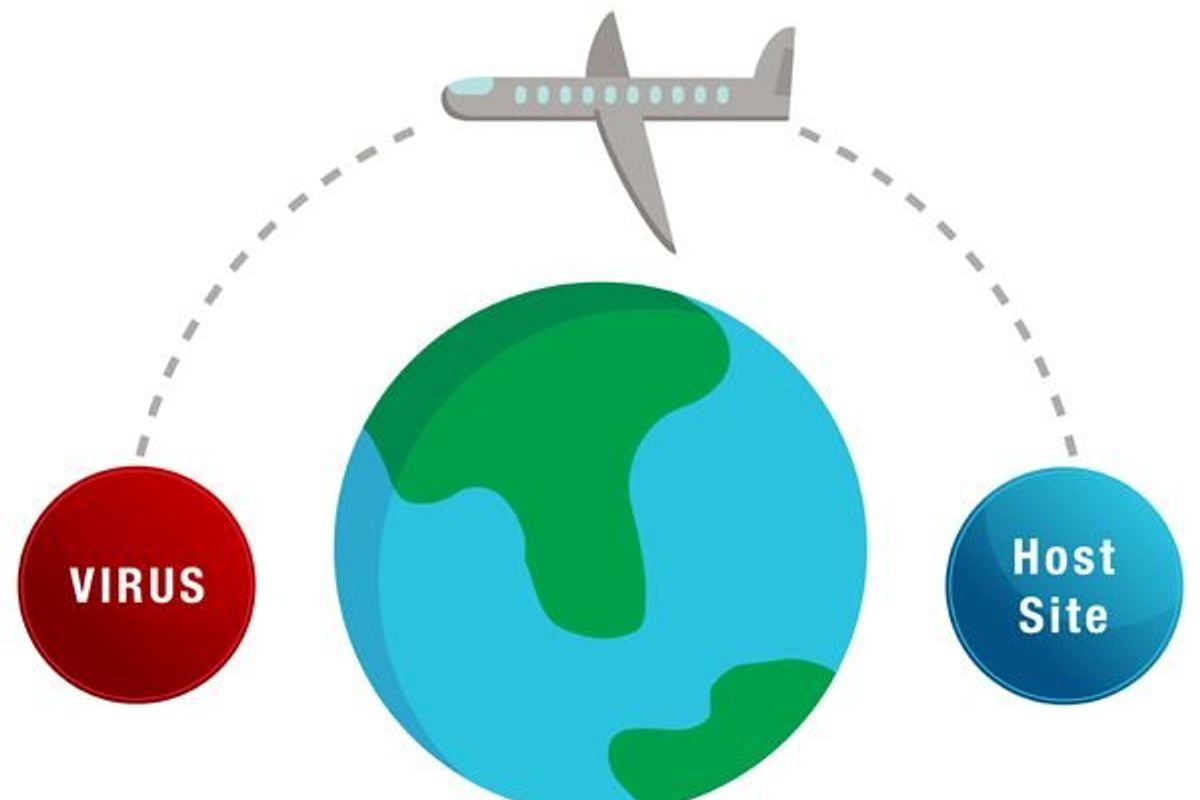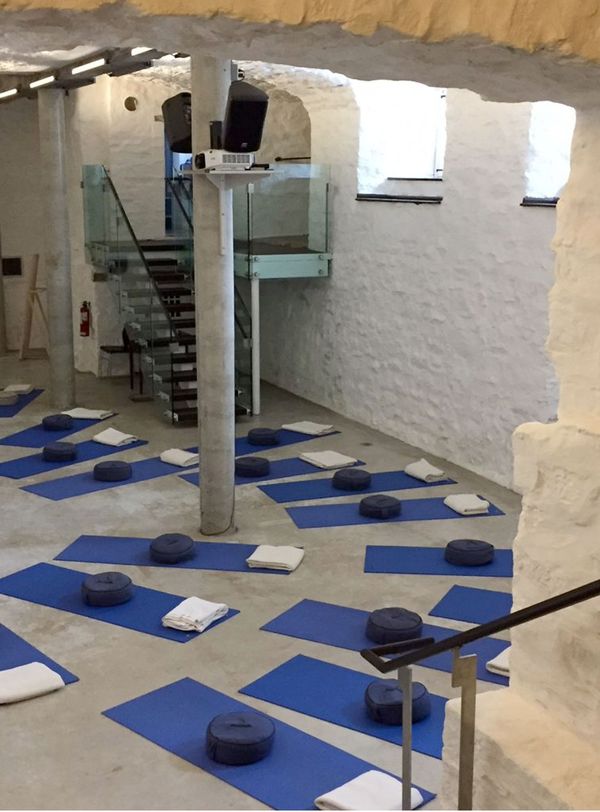I just returned from two back-to-back trips. And while I have gotten over my fear of flying (somewhat), there is still one fear that, while it doesn't stop me from flying, remains at the forefront of my mind.
It's not the fear of terrorism (although I must admit that is omnipresent these days); it's the fear of either arriving at or departing from my destination with a cold (or worse).
If there were ever a test for your immune system, it would be airplanes. They're germ machines. And why not? You're virtually trapped in a small, enclosed space, replete with recirculated air. Strangers abound from all walks of life (do you know what their hands have touched?). It's hardly surprising that a study indicates people may be up to 100 times more likely to catch a cold on a plane than in their everyday lives.
And since there is usually a very quick turnaround time between landing and taking off again with a fresh bevy of fliers (face it, airlines make money when they're in the air, not on the ground), little time is spent on making the plane spic and span. From what I could gather from rooting around the Internet, there is no industry standard for routine cleaning of an airliner. The only one I could find was that some are "deep-cleaned" every 30 days; for others, it's every 60 days.
(Insert collective "Ewwww.")
It all starts even before you board. Shoes come off at security, and many people walk through barefoot. You're best off wearing a pair of socks; if it's warm weather and you're wearing sandals, stick some socks in your bag and put them on while you wait. If your feet are sweaty or sticky, it's easier to pick up a bacterial or fungal infection. Who knows where all those other feet have trod?
Besides toting mints, gum, lots of reading material, my own set of earphones and assorted snacks, I always fly with a packet of antibacterial wipes. These come in handy even before I sit down. Since a cold or flu virus can live on inanimate objects for up to 72 hours, I wipe down the armrests, tray table, headrest, the seat belts (both sides) and the air vent. And if you lean your head on the window to catch a nap, wipe that off, too. (I've gotten used to funny looks; but instead, more often I get, "Wow, what a good idea!" and I offer a wipe to that person, who thanks me profusely.)
Another smart thing to pack to guard against germs: saline nose spray or an over-the-counter nasal decongestant spray, which may help kill off the virus that causes the common cold. And don't forget to tote those wipes with you into the bathrooms, starting with the locks on the stalls, proceeding to the flush buttons and wherever else hands touch.
From the Washington Post:
"A new study conducted by researchers at Auburn University found that two harmful and potentially deadly bacteria –MRSA and E. coli –can live for several days on various surfaces in the confines of an airplane cabin. Researchers used actual arm rests, toilet flush handles, tray tables, window shades, seats and seat pockets to test the bacteria, in airplane-like conditions, and found that the bacteria can linger for several days, depending on the surface."
Here's the full list of the dirtiest places and surfaces on both airplanes and airports, courtesy of CNN.com:
- Tray table
- Drinking fountain buttons
- Overhead air vents
- Lavatory flush buttons
- Seat belt buckles
- Bathroom stall locks
More Reading:
How to Not Get Sick When Your Kids Get Sick
Surprising Places Germs Hide Out
Do You Think the Flu Shot Is Effective?







